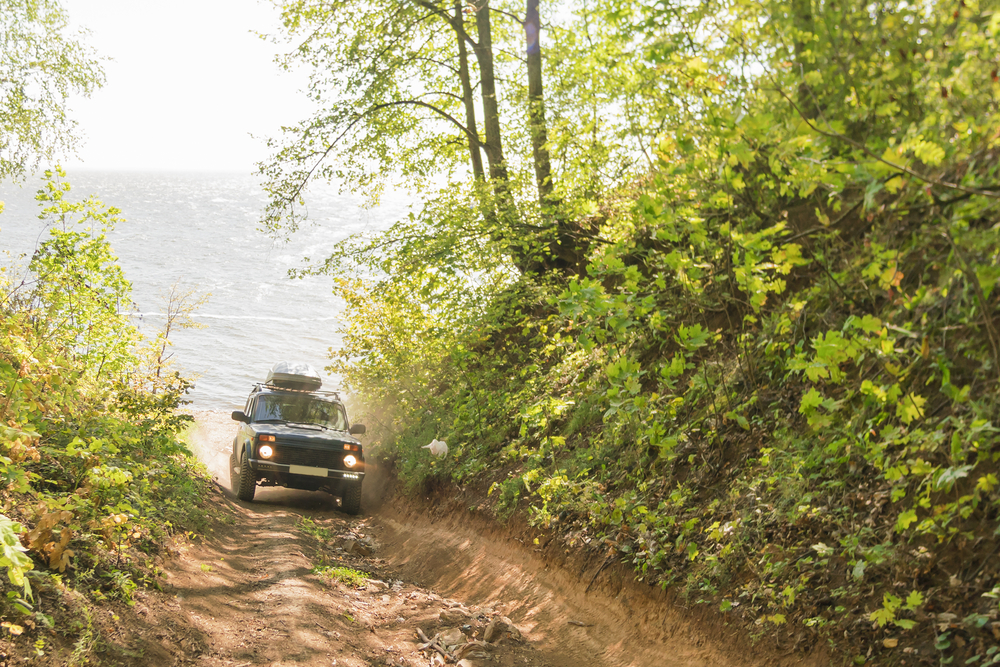Learning to drive a vehicle is a basic essential for living in most places in order to get around and go about everyday life. It’s a crucial skill that takes a lot of practice to become competent and comfortable with. This skill becomes even more important when drivers travel with just their car for business or even recreational trips, and especially if that trip involves off-roading. As a country of 3.8 million sq. miles, the U.S. only has about 0.1 percent paved roadways, which may be why off-roading is so appealing to many drivers.
Luckily, this can be achieved with the right modifications for four-wheel drive vehicles and the right skills. A total of 41 U.S. states have off-highway vehicle (OHV) areas, which are public appropriated backcountry trails specifically for off-roading. These are considered prime spots for first time off-roading ventures, but they’re not something to jump straight into. Veteran driving coach Bob Bower said regarding OHVs, “Whether it’s a day trip or race, leave knowing you’re prepared.”
Seven-time winner of the hardest desert race in the world, SCORE Baja 1000, Bower says that preparation is largely about planning beforehand, especially regarding provisions. Never assume you will have water, food, medication, cell service, or fuel at your disposal, so stock up on all these things and bring a satellite phone or a radio. Anything vulnerable—like paper maps—needs protecting. Bower urges self-sufficiency, to “build a nest,” and to bring a simple off-roading kit. He also suggests upgrading your lighting, shocks, and tires before an off-roading trip.
“The biggest mistake is failing to respect the power of the terrain,” Bower said. “You can’t hide from yourself off-road. You’ll get a report card from Mother Nature whether you want one or not…[Driving] slow is smooth, and smooth is fast on the trails. You’re constantly looking ahead, reading the terrain, making calculations. Speed and obstacles are your big variables.” Obstacles, Bower says, from logs, boulders, and debris, can be assets. Rather than avoiding them, hit obstacles using the front of the tire tread where it is strongest. “Treads are boots. Don’t go ankle-first.”
When off-roading, drivers need to adjust their mindsets as well. This includes seeing the smallest details, such as changes in the color of dirt, which would indicate surface change. Off-roading means constantly assessing your environment and doing it very quickly even if you are only driving ten miles per hour. “It’s an intense kind of awareness, and you might be going over all kinds of lumpy stuff for 12 hours,” Bower said. “Oftentimes, guys get rolling along so easily, they get distracted or fall into a lull.” More than anything, new off-roaders need to remain vigilant—something co-drivers can help with greatly, especially if they are experienced off-roaders.
“Just get out there and do it,” Bower said. “Take it slow, starting out. Besides, there’s so much pretty scenery in this country. What’s the rush?”
Think you or someone you know is in need of Behind the Wheel Training? Training Wheels is an Atlantic City driving school specializing in teaching new teen drivers how to stay safe on the road. For more information on our lessons, please click here.
Photo via Anton Watman / Shutterstock

